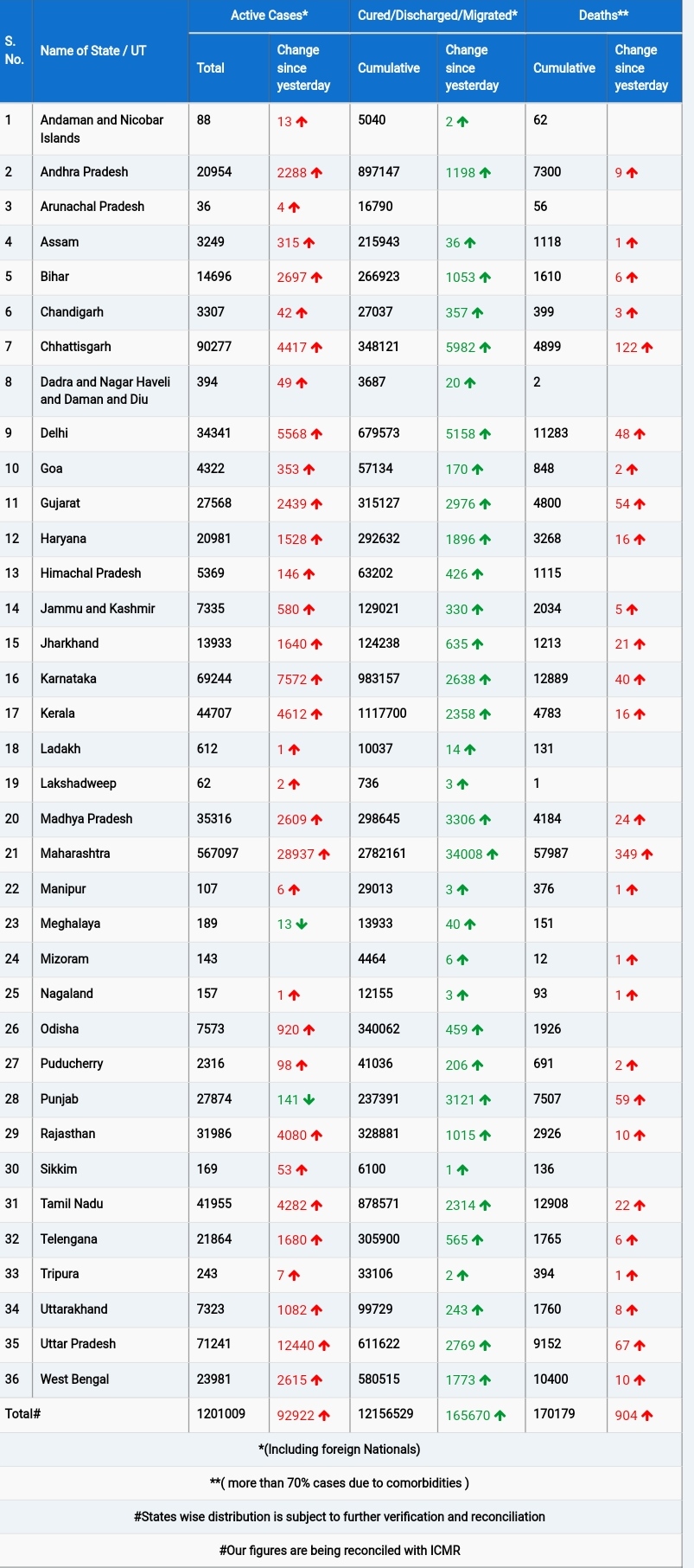Introduction
Vacations are often the highlight of the year, but for many, the joy of traveling is marred by motion sickness, or kinetosis. This condition, characterized by symptoms like nausea, vomiting, dizziness, and headaches, can make trips by ship, plane, bus, or car unbearable. However, there are effective strategies and treatments to manage and prevent motion sickness, ensuring a more pleasant journey.
Prevalence of Motion Sickness
Motion sickness affects a significant portion of the population. Under normal travel conditions, 20%-30% of people experience symptoms. In extreme situations, such as heavy seas on a small boat, this number can rise to over 90%. On cruises, prevalence varies widely from 3% to 60%, depending on the study, route, and sea conditions.
Children and women are particularly susceptible. Up to 50% of children aged 2-12 years experience motion sickness during travel. Women, especially during pregnancy or post-menopause, are more prone to this condition than men.
Genetic Factors
Research suggests that genetics may influence susceptibility to motion sickness. Scientists have identified 35 single nucleotide polymorphisms (SNPs) associated with a higher risk. Many of these SNPs are located near genes involved in balance and sensory development. Some SNPs show a gender-specific effect, being up to three times more potent in women.
Understanding Motion Sickness
Motion sickness arises from a sensory mismatch between the body’s vestibular, visual, and proprioceptive systems. When the brain receives conflicting signals—for example, when the inner ear senses motion, but the eyes perceive a stationary environment—motion sickness occurs.
Behavioral Strategies for Prevention
For mild cases, behavioral strategies can help manage symptoms:
- Gradual Adaptation: Spending time on a stationary ship before setting sail can help.
- Strategic Positioning: Staying near the ship’s centerline and lower decks minimizes motion.
- Focusing on the Horizon: Keeping an eye on the horizon can reduce seasickness.
- Minimizing Head Movement: Supporting the head to limit additional movements can help.
- Avoiding Alcohol and Nicotine: These substances can exacerbate symptoms.
Acupuncture and acupressure, though popular, have not been proven effective in high-quality studies.
Pharmacological Interventions
For severe motion sickness, medication may be necessary:
- Antihistamines: Over-the-counter options like cinnarizine and dimenhydrinate are effective for prevention. These should be taken an hour before travel. Side effects include dry mouth, drowsiness, and light sensitivity.
- Antiemetics: Useful for relieving nausea but not proven to prevent motion sickness.
- Scopolamine: This prescription drug, available as a transdermal patch, is effective for both prevention and treatment. It should be applied behind the ear 5-6 hours before travel and lasts for 72 hours. It’s not recommended for children under 10 years. Side effects can include drowsiness, dizziness, and visual disturbances.
Natural Remedies
Ginger is often recommended for motion sickness. While some studies suggest it may help, the variability in ginger product formulations makes it difficult to standardize and confirm efficacy.
Conclusion
Motion sickness need not ruin travel plans. By understanding the condition and utilizing a combination of behavioral strategies and appropriate medications, travelers can manage symptoms and enjoy their journeys. Whether by land, sea, or air, there are effective ways to keep motion sickness at bay.












